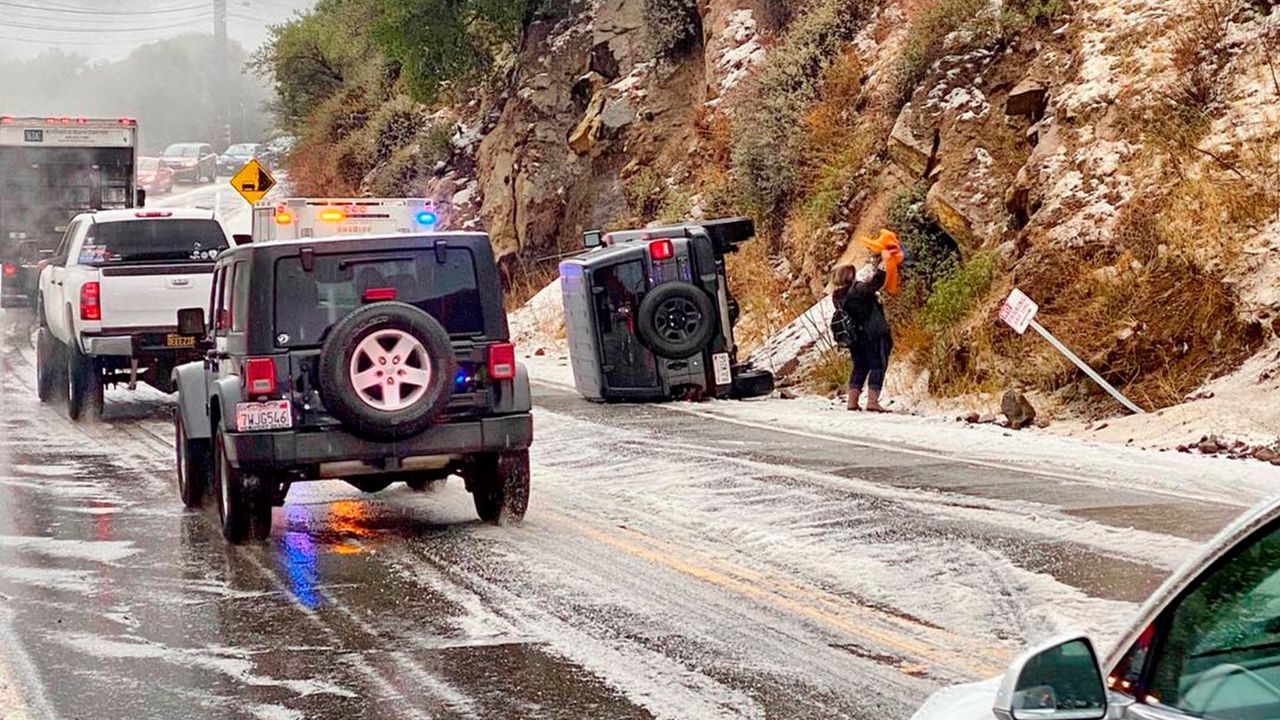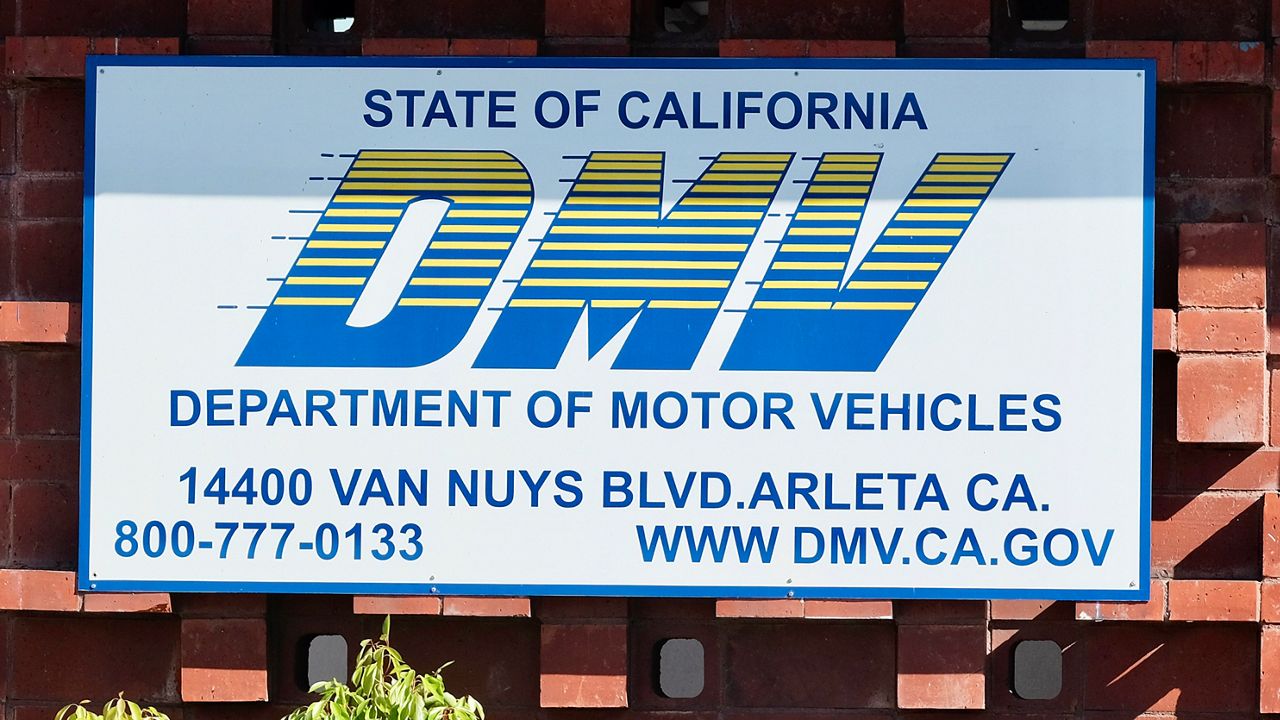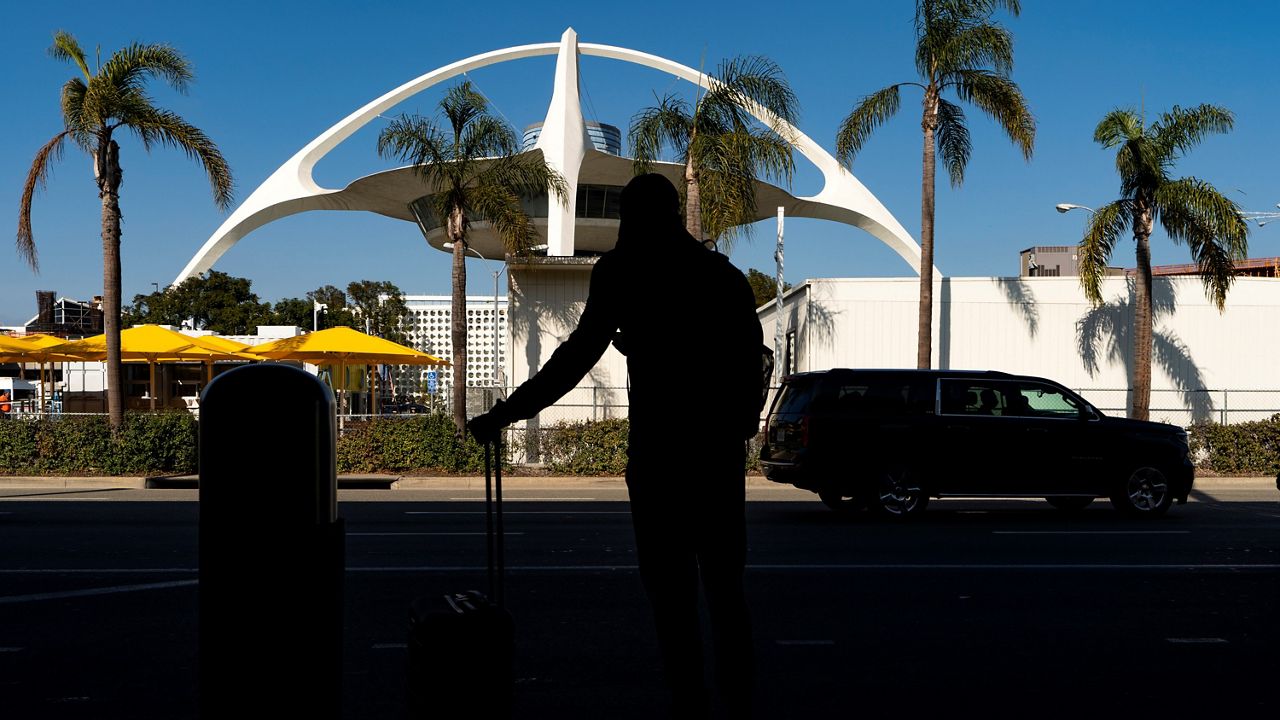When it comes to transportation fatalities, all cities are not created equal. Some places have higher fatality rates than others, especially when compared with their populations overall. According to a new study from the U.S. Department of Transportation, Malibu and Palm Springs have some of the highest fatality rates in the nation for cities of their size, while South Pasadena, Cypress and Aliso Viejo have some of the lowest.
Released Thursday, the DOT report is part of its National Roadway Safety Strategy, which aims to reverse a significant increase in roadway deaths since 2020. Almost 43,000 people were killed on U.S. roads in 2021.
“The status quo is unacceptable, and it is preventable,” U.S. Transportation Secretary Pete Buttigieg said in the report, which will be used to pinpoint roadway improvement funding that can reduce traffic fatalities and serious injuries. “We know it’s preventable because bold cities in the United States and countries abroad have achieved tremendous reductions in roadway deaths.”
For its study, the DOT used 2020 U.S. Census data and National Highway Traffic Safety Administration fatal motor vehicle crash information. Comparing an area’s population with the number of crashes that happened between 2016 and 2020 allowed the agency to determine a five-year fatality rate per 100,000 people.
Since 2016, the average U.S. county experienced 59 roadway fatalities, or more than 11 fatalities per county per year, the DOT found. Nationally, the median fatality rate for all counties was 17.96.
Malibu, with a population of 10,654, had 21 roadway fatalities between 2016 and 2020, yielding a fatality rate of 39.42 per 100,000 people and placing it in the top 25 small cities for the worst fatality rates in the country. Palm Springs, with a population of 44,575, had 79 roadway fatalities between 2016 and 2020, yielding a fatality rate of 35.45 per 100,000 people that also placed it in the top 25 small cities for worst fatality rates.
On the opposite end of the spectrum, South Pasadena, with a population of 26,943, had one roadway death between 2016 and 2020, yielding a fatality rate of .74 and placing it in the top 25 small cities with the lowest fatality rates.
Cypress, with a population of 50,151, had four fatalities between 2016 and 2020, yielding a fatality rate of 1.6 per 100,000 people and placing it in the top 25 big cities with the lowest fatality rates. Aliso Viejo, with a population of 52,176, had four roadway deaths between 2016 and 2020, yielding a fatality rate of 1.53 per 100,000 people that also placed it in the top 25 big cities with the lowest fatality rates.
Overall, Orange County and Los Angeles County had some of the nation’s lowest fatality rates for their populations. In LA County, the fatality rate was 7.51 per 100,000 people. In Orange County, the fatality rate was 6.18 per 100,000. Riverside, San Bernardino, Santa Barbara, Ventura, San Diego and Imperial Counties also scored lower-than-median fatalities relative to their populations. Kern was the only Southern California county with a higher-than-median fatality rate of 18.57.
Just 14% of small cities with a population of 5,000 to 50,000 have achieved what transportation officials aspire to: zero fatalities. In Southern California, just Port Hueneme (population 21,954), Solvang (population 6,126), Calimesa (population 10,026), Calipatria (population 6,515) and Holtville (population 5,605) had no roadway deaths between 2016 and 2020.










